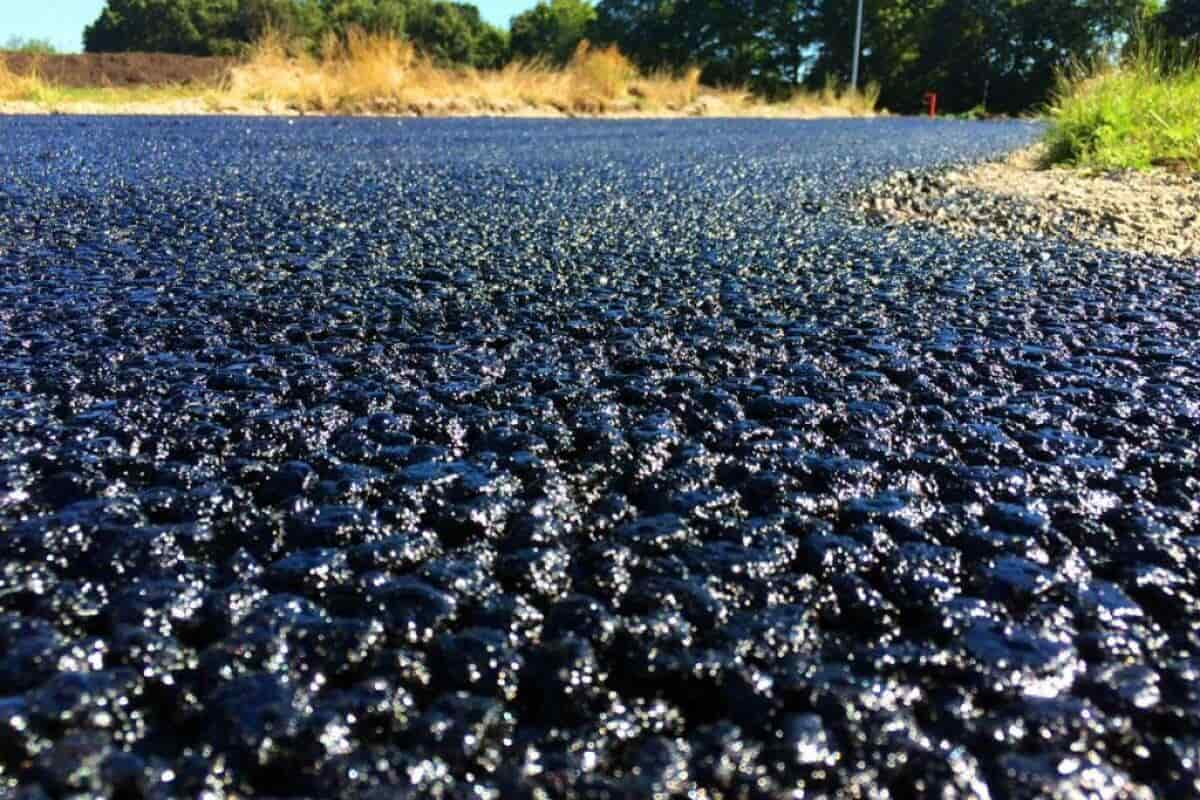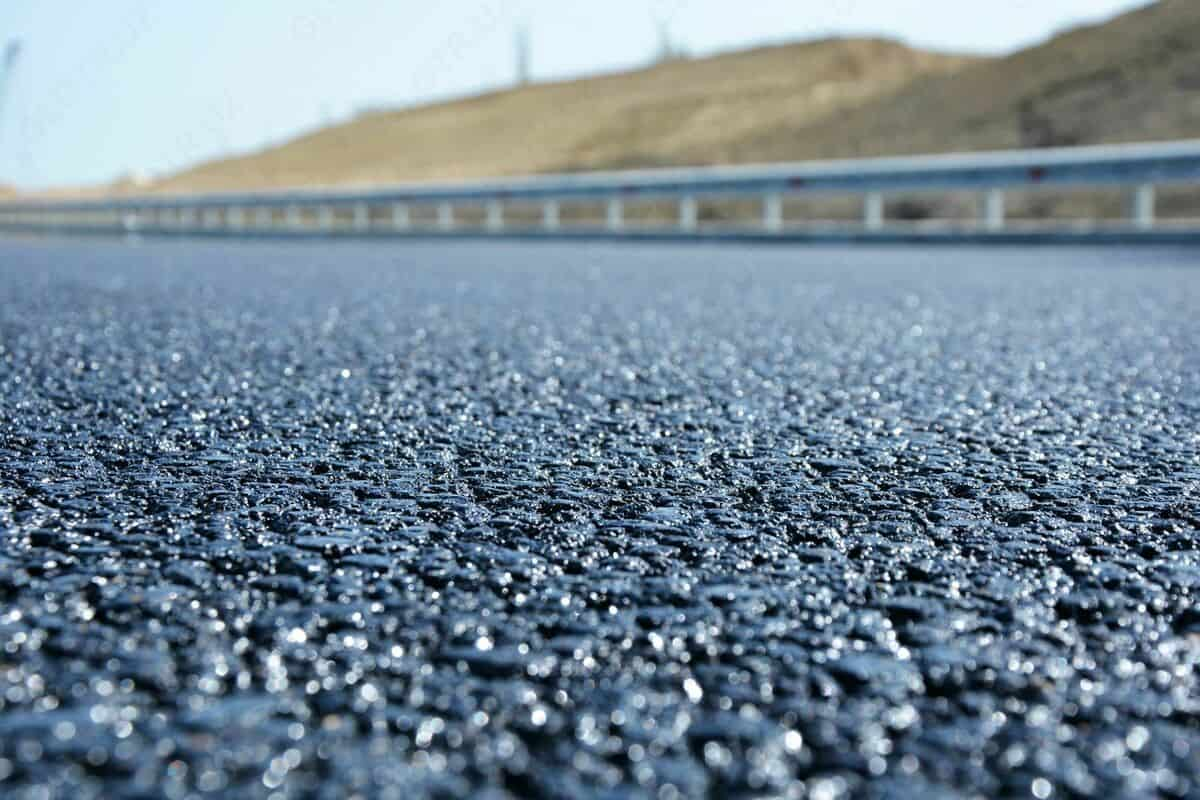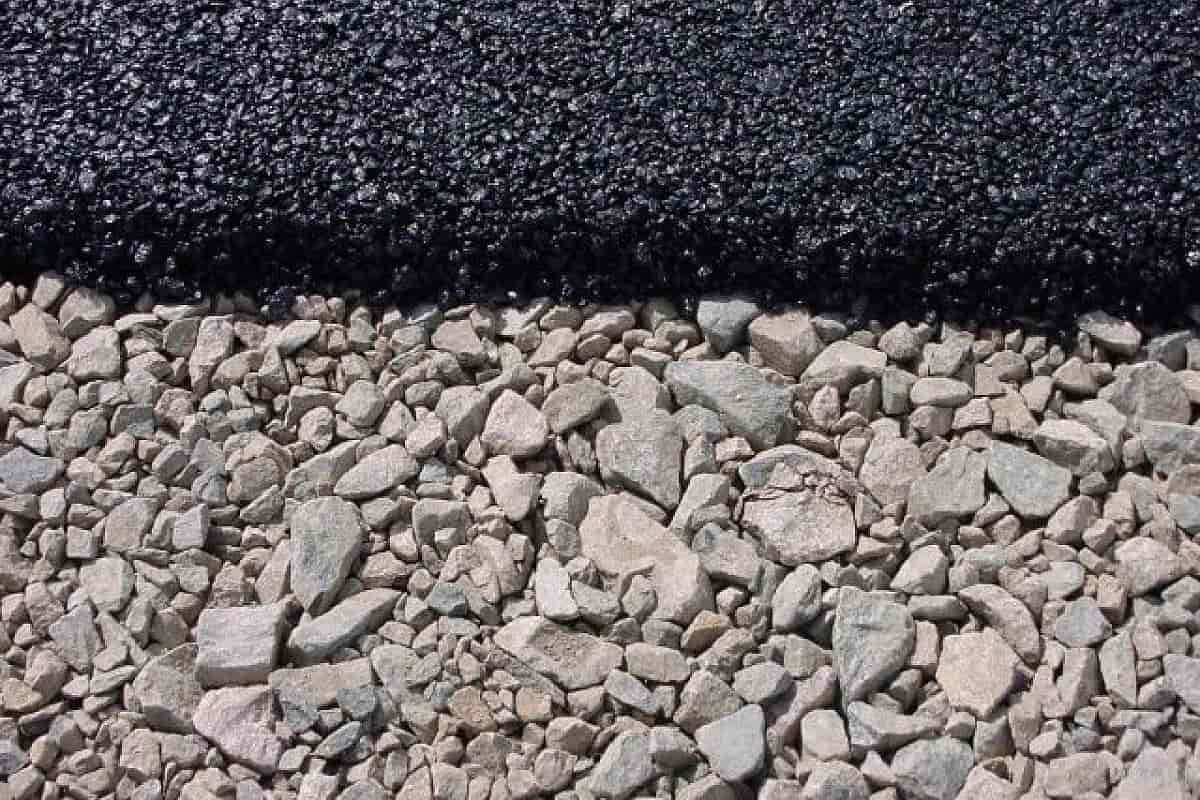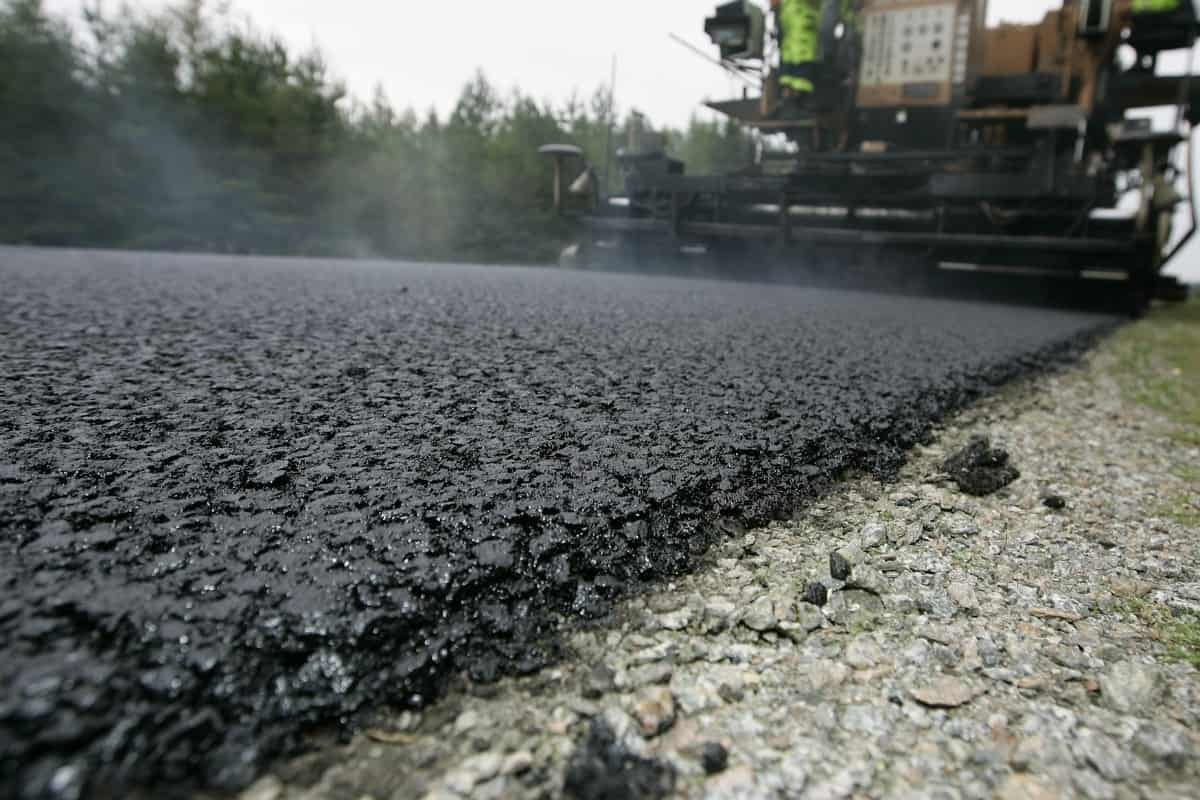Bituminous waterproofing membranes are elastomeric membranes comprised of a rich mixture of bitumen and selected polymers that are applied in several methods and therefore are offered at different price ranges. These membranes are blended to provide exceptional heat and UV resistance, as well as waterproofing properties. A thin layer of water-resistant material placed on a surface constitutes a waterproofing membrane. This layer is continuous and blocks the passage of water. On a level terrace, for instance, a waterproofing membrane might be laid over the structural slab and beneath the finish tiles. This will protect the structural slab against water intrusion. To guarantee that water flows into sumps and drains, the tiles and membrane must be laid over a sloped filler material. Eventually, any water that pools in puddles on the tiles will seep into the slab, thus puddles should be avoided at all costs.  A waterproofing membrane should ideally be durable, flexible, tear-resistant, and elastic so that it can stretch to cover cracks while also moving with the structure. If the membrane will be exposed to sunlight, it must be resistant to ultraviolet light. The membrane must be sufficiently flexible to adapt to any shape it is placed over, as well as to turn up and over walls and other structural features. Rubber, elastomer, polyethylene, polypropylene, bitumen, polyvinyl chloride (PVC), polyurethanes, ethylene propylene diene monomer rubber, silicate, bentonite clay, fabrics, fiberglass, cementitious high-build coatings, composite layers, resin coatings, plastic sheeting, polymer liners, mastics, and metal sheet are all utilized in the production of waterproofing membranes. Additionally, the material must be flexible and capable of withstanding differential movement. This is especially important for waterproofing membranes in structures that are shifting or sinking. The waterproofing material's water absorption rate is the most important characteristic. Also crucial is the material's thickness. Most manufactured materials have a uniform thickness, making application straightforward and uniform. According to the manufacturers, their protective coatings may be smoothly applied. This uniform, liquid-only appearance results in a monolithic application with no seams and, thus, no potential fracture spots.
A waterproofing membrane should ideally be durable, flexible, tear-resistant, and elastic so that it can stretch to cover cracks while also moving with the structure. If the membrane will be exposed to sunlight, it must be resistant to ultraviolet light. The membrane must be sufficiently flexible to adapt to any shape it is placed over, as well as to turn up and over walls and other structural features. Rubber, elastomer, polyethylene, polypropylene, bitumen, polyvinyl chloride (PVC), polyurethanes, ethylene propylene diene monomer rubber, silicate, bentonite clay, fabrics, fiberglass, cementitious high-build coatings, composite layers, resin coatings, plastic sheeting, polymer liners, mastics, and metal sheet are all utilized in the production of waterproofing membranes. Additionally, the material must be flexible and capable of withstanding differential movement. This is especially important for waterproofing membranes in structures that are shifting or sinking. The waterproofing material's water absorption rate is the most important characteristic. Also crucial is the material's thickness. Most manufactured materials have a uniform thickness, making application straightforward and uniform. According to the manufacturers, their protective coatings may be smoothly applied. This uniform, liquid-only appearance results in a monolithic application with no seams and, thus, no potential fracture spots. 
bituminous membrane
Waterproofing is the use of materials or technologies, such as bituminous membranes, to prevent water infiltration into building structural elements or completed areas. Three phases are involved in basic waterproofing and envelope design to guarantee a watertight and ecologically sound interior. Understanding possible water sources, devising methods to avoid leakage from these sources, and concluding the design by adequately specifying each individual envelope component into neighboring components are all critical considerations. Waterproofing is a fundamental element of a building. To retain structural integrity, a building or structure is waterproofed using membranes and coatings. Nonetheless, many homes and commercial structures report damages and difficulties each year that may be the result of poor waterproofing and execution. To prevent such issues, consider membranes, which are one of the waterproofing techniques that provide good results. The waterproofing membrane is a strong material that may suit your requirements.  Waterproofing in structures is the process of forming an impermeable barrier over the surfaces of a building's foundations, roofs, walls, and other structural parts to prevent water penetration through these surfaces. Water-resistant and sometimes waterproof coatings are applied to building surfaces. Waterproofing is typically necessary for buildings and structures for the basement, walls, bathrooms and kitchens, balconies, decks, terraces or roofs, green roofs, water tanks, swimming pools, and so on. A bituminous membrane is a thin coating of watertight material applied to a surface. This layer is continuous and prevents water from passing through it. Its primary function is to withstand the hydrostatic pressure imposed by moisture in the liquid state. Waterproofing membranes are made of waterproof plastic, rubber, or coated cloth. When appropriately built, the materials are utilized in a system to prevent water infiltration into foundations, roofs, walls, basements, buildings, bridges, and structures. The waterproofing membrane should be robust, flexible, tear-resistant, and elastic in order to stretch and move with the building. If the membrane will be exposed to sunlight, it must be UV stable. The membrane should be flexible enough to conform to any shape it is put over, as well as turn up and over walls and other structural elements.
Waterproofing in structures is the process of forming an impermeable barrier over the surfaces of a building's foundations, roofs, walls, and other structural parts to prevent water penetration through these surfaces. Water-resistant and sometimes waterproof coatings are applied to building surfaces. Waterproofing is typically necessary for buildings and structures for the basement, walls, bathrooms and kitchens, balconies, decks, terraces or roofs, green roofs, water tanks, swimming pools, and so on. A bituminous membrane is a thin coating of watertight material applied to a surface. This layer is continuous and prevents water from passing through it. Its primary function is to withstand the hydrostatic pressure imposed by moisture in the liquid state. Waterproofing membranes are made of waterproof plastic, rubber, or coated cloth. When appropriately built, the materials are utilized in a system to prevent water infiltration into foundations, roofs, walls, basements, buildings, bridges, and structures. The waterproofing membrane should be robust, flexible, tear-resistant, and elastic in order to stretch and move with the building. If the membrane will be exposed to sunlight, it must be UV stable. The membrane should be flexible enough to conform to any shape it is put over, as well as turn up and over walls and other structural elements. 
Bituminous membrane waterproofing method
The method of applying a bituminous waterproofing membrane depends on its type, but there are some general methods that are usually followed. Initially, the membrane surface should be free of dirt, dry, and clean. It must not be placed in inclement weather or when the temperature falls below 450 degrees Fahrenheit. The membrane should be laid perpendicular to the slab for slopes up to 3 inches, and parallel to the slope for slopes more than 3 inches. This prevents water from flowing at the joint lap edge. The torch equipment should then be correctly attached, and the hoses should be in excellent working order. Using soapy water, inspect the apparatus for gas leaks. To avoid a rapid surge of flames, the torch should be opened at the lowest feasible setting. While laying the membrane, no creases should be tolerated, and perfect alignment is required. While laying, the torch fire should be applied consistently and slowly over the roll. To guarantee adequate gap filling, roughly 1-inch of chemical from the waterproofing membrane should be flowing out when torching the membrane on joints. More than 1 inch of flow-out indicates membrane overheating.  The roller should be used in conjunction with torching to ensure that the compound sets correctly and that no gaps form in the joints. The most important step is making a precise junction between two sheets. Check all of the edges of the joints thoroughly to ensure appropriate adherence of the membrane's end laps; air gaps are not allowed. The sheets should be raised at gaps, heated with a flame, and resealed. Finally, when bitumen begins to emerge on the sheet, it should be sufficiently heated. To achieve adequate bonding at laps, thoroughly heat the underside of the membrane. The bituminous waterproofing membrane sheets are overlapped on each side and on each end for good grip and watertight joint, as well as to prevent water seepage. End laps must be spaced 18 inches apart such that no neighboring end laps overlap. Finally, granules are applied to the sheet at the end laps, and the roller is spread to adequately set it. All of these coatings will give the roof a more professional appearance.
The roller should be used in conjunction with torching to ensure that the compound sets correctly and that no gaps form in the joints. The most important step is making a precise junction between two sheets. Check all of the edges of the joints thoroughly to ensure appropriate adherence of the membrane's end laps; air gaps are not allowed. The sheets should be raised at gaps, heated with a flame, and resealed. Finally, when bitumen begins to emerge on the sheet, it should be sufficiently heated. To achieve adequate bonding at laps, thoroughly heat the underside of the membrane. The bituminous waterproofing membrane sheets are overlapped on each side and on each end for good grip and watertight joint, as well as to prevent water seepage. End laps must be spaced 18 inches apart such that no neighboring end laps overlap. Finally, granules are applied to the sheet at the end laps, and the roller is spread to adequately set it. All of these coatings will give the roof a more professional appearance. 
bitumen sheets roof waterproofing
In terms of substance and performance, the waterproofing materials, bitumen sheets, and waterproofing membranes utilized in different fields and areas should differ. At the same time, the polymer-modified bituminous sheet for the roof and the bituminous sheet for the floor will be distinct. The types of polymers in waterproofing membranes, their amounts, and their manufacture are what makes them so different. Performance values fluctuate in response to this disparity, and the final application area is chosen based on these performance values. Waterproofing sheets used on highways and viaducts, for example, must be distinct from those used in building-type applications. Waterproofing membranes are classified into two types. These two groups are further subdivided into glass fiber and polyester carriers. APP-modified waterproofing sheets and SBS-reinforced membranes Glass fiber is a stiffer and more delicate substance than polyester. Polyester carrier membranes offer superior tensile strength and elongation at break for this purpose.  Another distinguishing aspect is the change in top surface coating substance. The surface coating can be constructed of polyethylene film, slate-containing stones, silica sand, or aluminum foil. Because the top layer of the final product is the top surface coating, the side where the application can be seen and walked on, or the surface where the top layer will be applied, you should carefully consider these factors before making a decision. For example, if no roof coatings will be applied to the membrane, slate stone or silica sand membranes may be selected for a more aesthetically pleasing look. If thermal insulation is also needed, the use of aluminum foil in roof applications may be helpful. As you can see, waterproofing membranes find application areas based on their performance. Good workmanship, as well as the use of high-quality materials, are required for proper waterproofing.
Another distinguishing aspect is the change in top surface coating substance. The surface coating can be constructed of polyethylene film, slate-containing stones, silica sand, or aluminum foil. Because the top layer of the final product is the top surface coating, the side where the application can be seen and walked on, or the surface where the top layer will be applied, you should carefully consider these factors before making a decision. For example, if no roof coatings will be applied to the membrane, slate stone or silica sand membranes may be selected for a more aesthetically pleasing look. If thermal insulation is also needed, the use of aluminum foil in roof applications may be helpful. As you can see, waterproofing membranes find application areas based on their performance. Good workmanship, as well as the use of high-quality materials, are required for proper waterproofing. 
waterproofing membrane sheet
The application of a thin layer of water-repellent material to the surface results in the formation of a waterproofing membrane sheet. This layer is continuous, and because it is impermeable to water, it cannot enable water to travel through it. For instance, on a level terrace, a waterproofing membrane may be installed above the structural slab and below the finish tiles. This would ensure that water would not penetrate the structure. Because of this, the structural slab will be protected from any water that may try to leak in. It is necessary to lay the tiles and membrane over a filler material that is slanted in order to ensure that water will flow into sumps and drains. Puddles should be avoided at all costs since any water that is allowed to pool on top of the tiles for an extended period of time has a good chance of seeping into the slab. These membranes are made up of several thin layers of a substance that is impervious to water. Most range between 2 and 4 millimeters in thickness. In their most basic forms, membranes can be either sheet-based or liquid-applied. Both have their advantages and disadvantages. A waterproofing membrane should ideally be durable, flexible, resistant to tearing, and elastic so that it may stretch to hide fractures and also move with the structure. Other desirable characteristics are strength and tear resistance. If the membrane is going to be left out in the sun, then it has to be resistant to UV rays. The membrane needs to be capable of rotating up and over walls and other building elements, in addition to having sufficient flexibility to conform to any shape it is put over. These are membranes that are delivered to the location in the shape of rolls, as the name of the product suggests. After that, they are unfolded and set out on a stable surface. The bituminous waterproofing membrane is the sort of sheet-based membrane that is used the most frequently. Blowtorches are utilized in the process of adhering this kind of membrane to the substrate utilizing hot tar-based glue. 
liquid bitumen waterproofing
Numerous architectural constructions require a liquid waterproofing membrane for protection. Innovative and distinct goods are distinguished by their durability, high efficiency, high performance, and multipurpose uses due to their adaptability to varied supports. Liquid waterproofing solutions have high technical content and provide high resistances, including resistance to UV radiation, ponding water, weathering agents, freeze-thaw cycles, traction, cracks, and high and low temperatures. When it is necessary to waterproof a flat roof nowadays, there are several new liquid treatments available. They may be solvent-free or water-based and comprised of specially chosen resins. Additionally, there are high-performance bitumen-polymer membranes on the market. Bitumen-polymer membranes and liquid membranes are utilized for roof protection, watertight terraces, ground walls, sanitary rooms, parking lots, and other civic and industrial surfaces. All of the aforementioned treatments aim to build an efficient barrier against water and increase moisture. They may also be used to preserve and reconstruct the existing waterproofing layers and structure, which are prone to the effects of time, as well as the abrasive action of atmospheric agents and pollutants when discussing rooftops and outdoor areas.  Before selecting the proper waterproofing product for a particular circumstance, especially when performing repair or maintenance work, it is essential to conduct a thorough roof inspection. Features of bituminous liquid membrane
Before selecting the proper waterproofing product for a particular circumstance, especially when performing repair or maintenance work, it is essential to conduct a thorough roof inspection. Features of bituminous liquid membrane
- Rarely curing, the content of curing ingredients is greater than 99 percent and nearly inert. Always maintain a gel-like consistency after fabrication.
- Excellent corrosion and temperature resistance; non-toxic, odorless, pollution-free, and flame-retardant.
- Strong adherence to all substrate types; may be applied to a wet substrate.
- Excellent flexibility, high elongation, and substrate deformation adaptation.
- Strong self-sealing properties. The non-curable rubber-modified bitumen waterproof coating will flow and fill the damaged area.
- Simple application by spraying and scraping. It is acceptable to construct in both normal and subzero temperatures.
- Compatibility with other waterproof materials enhances the waterproofing effect.
- Create a comprehensive, solid, and seamless waterproof layer.
For more information, contact our professional sales executive.
